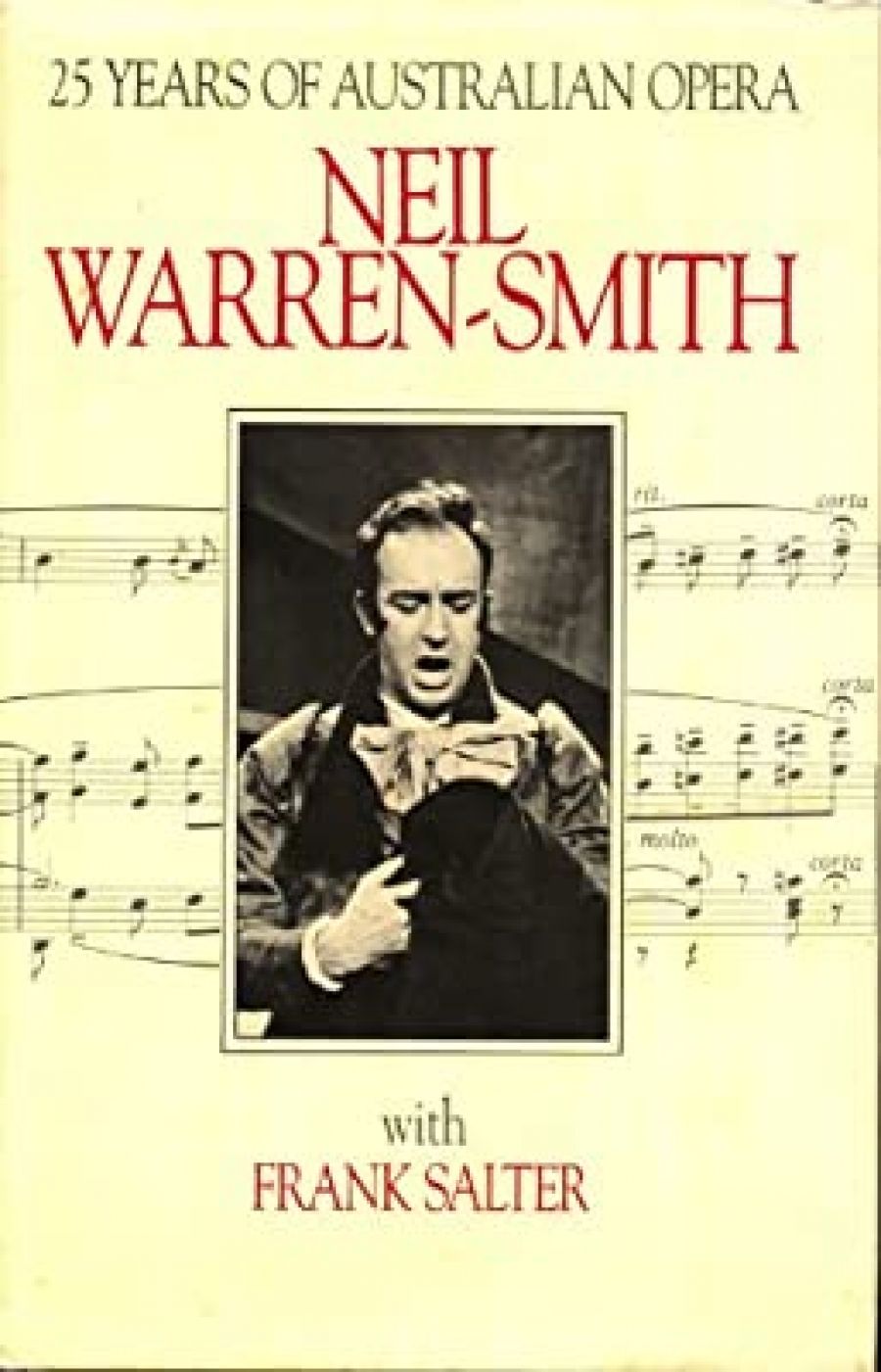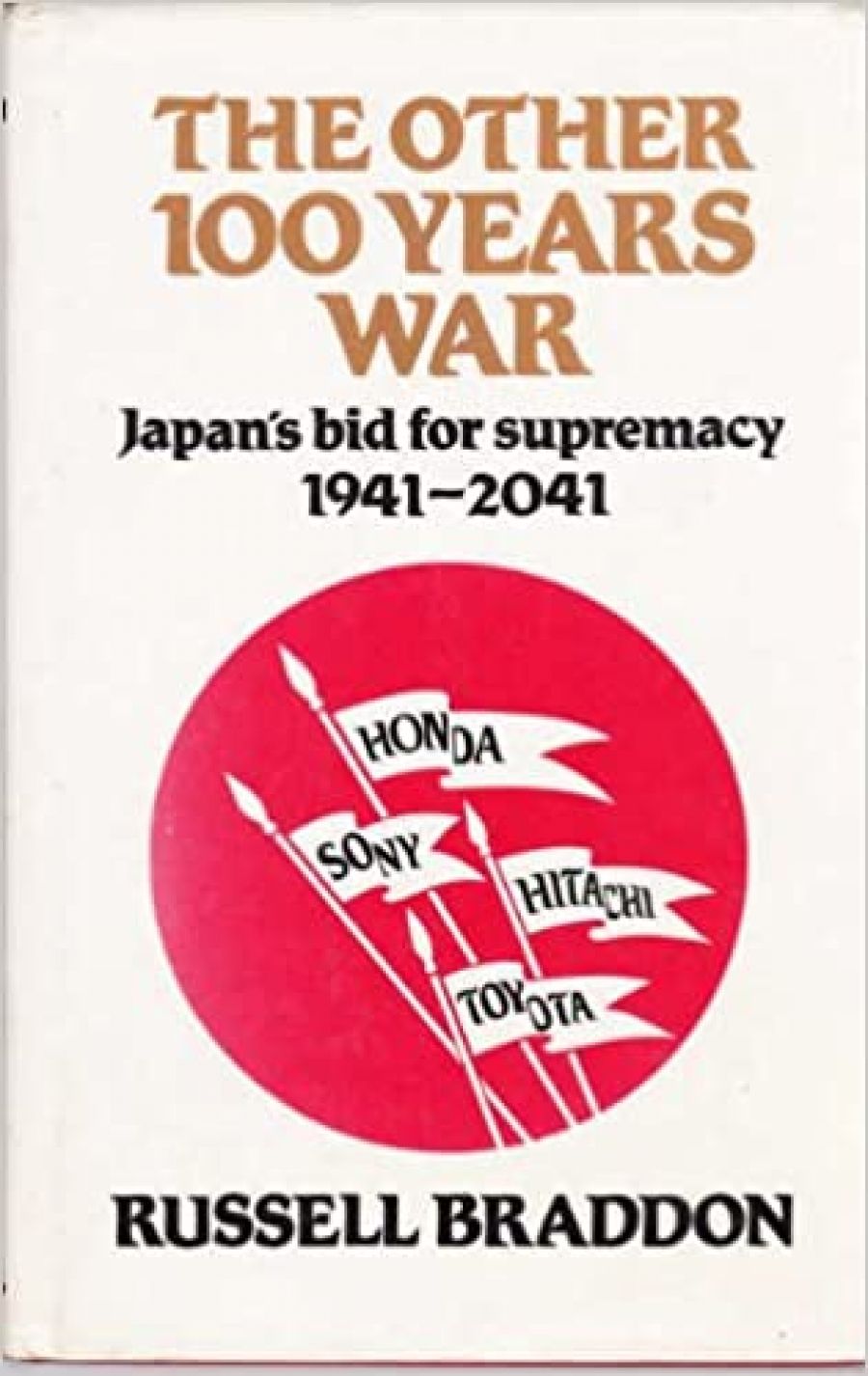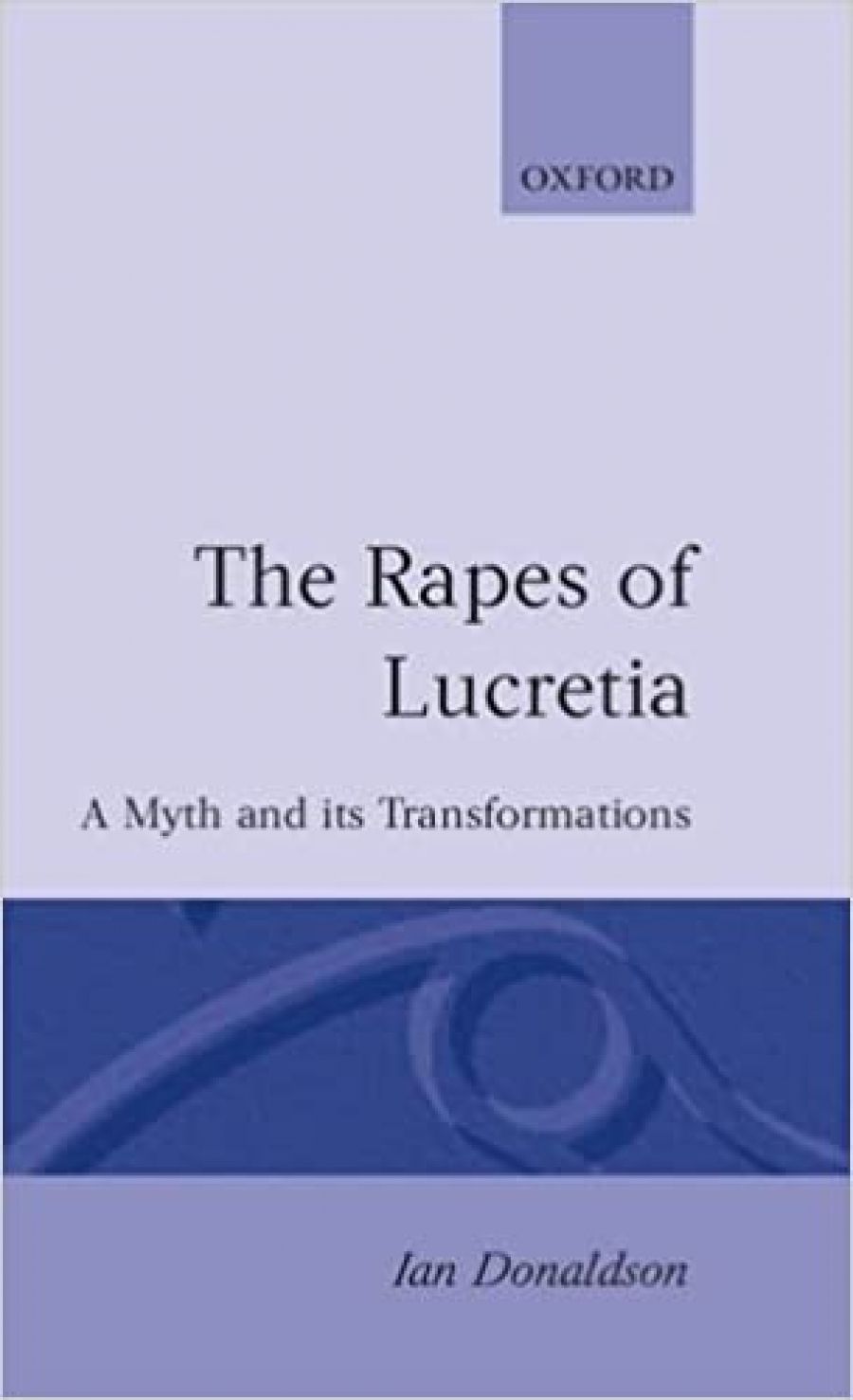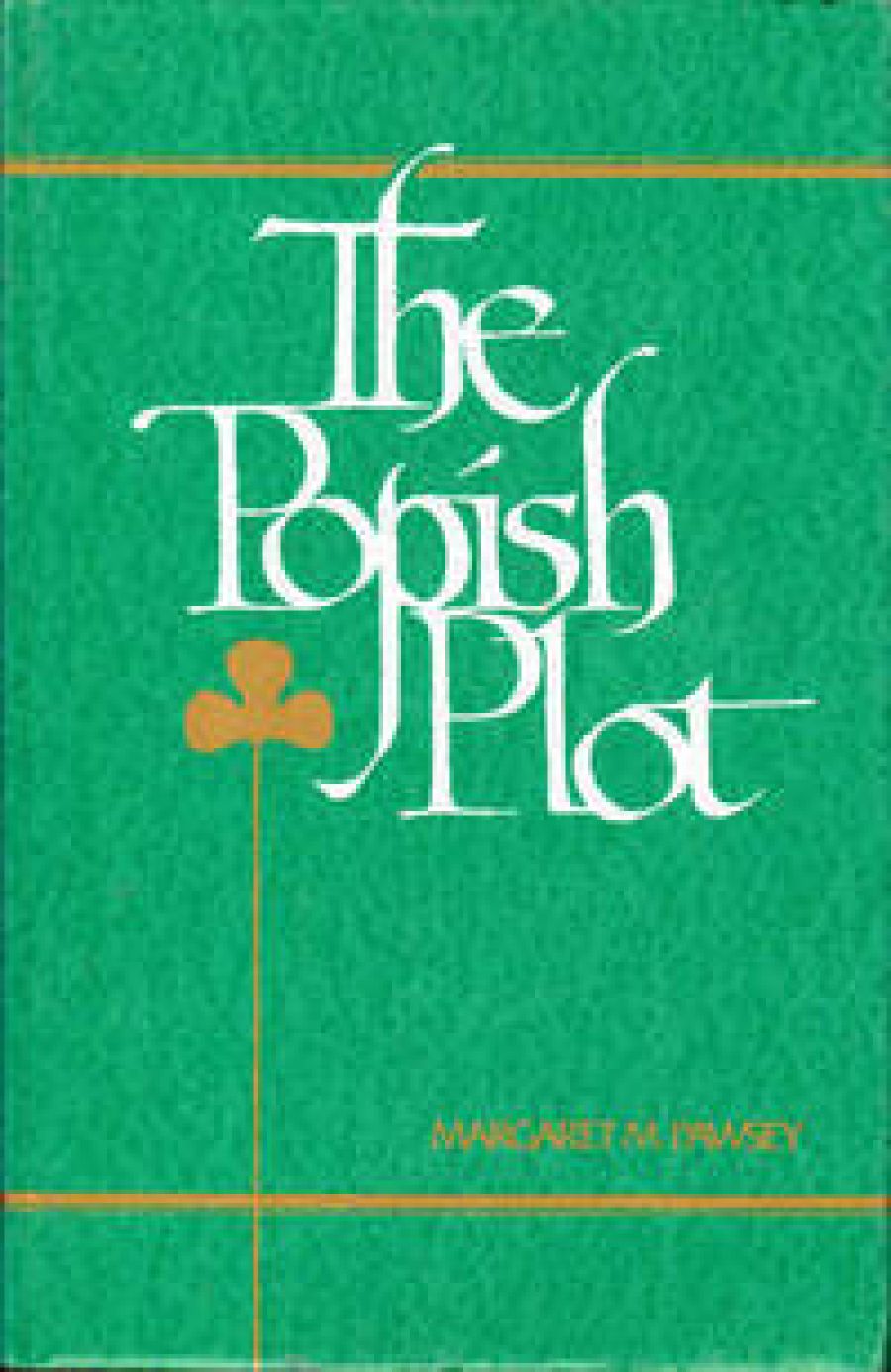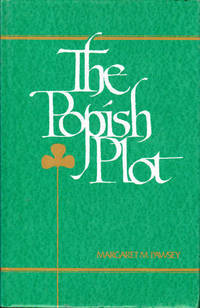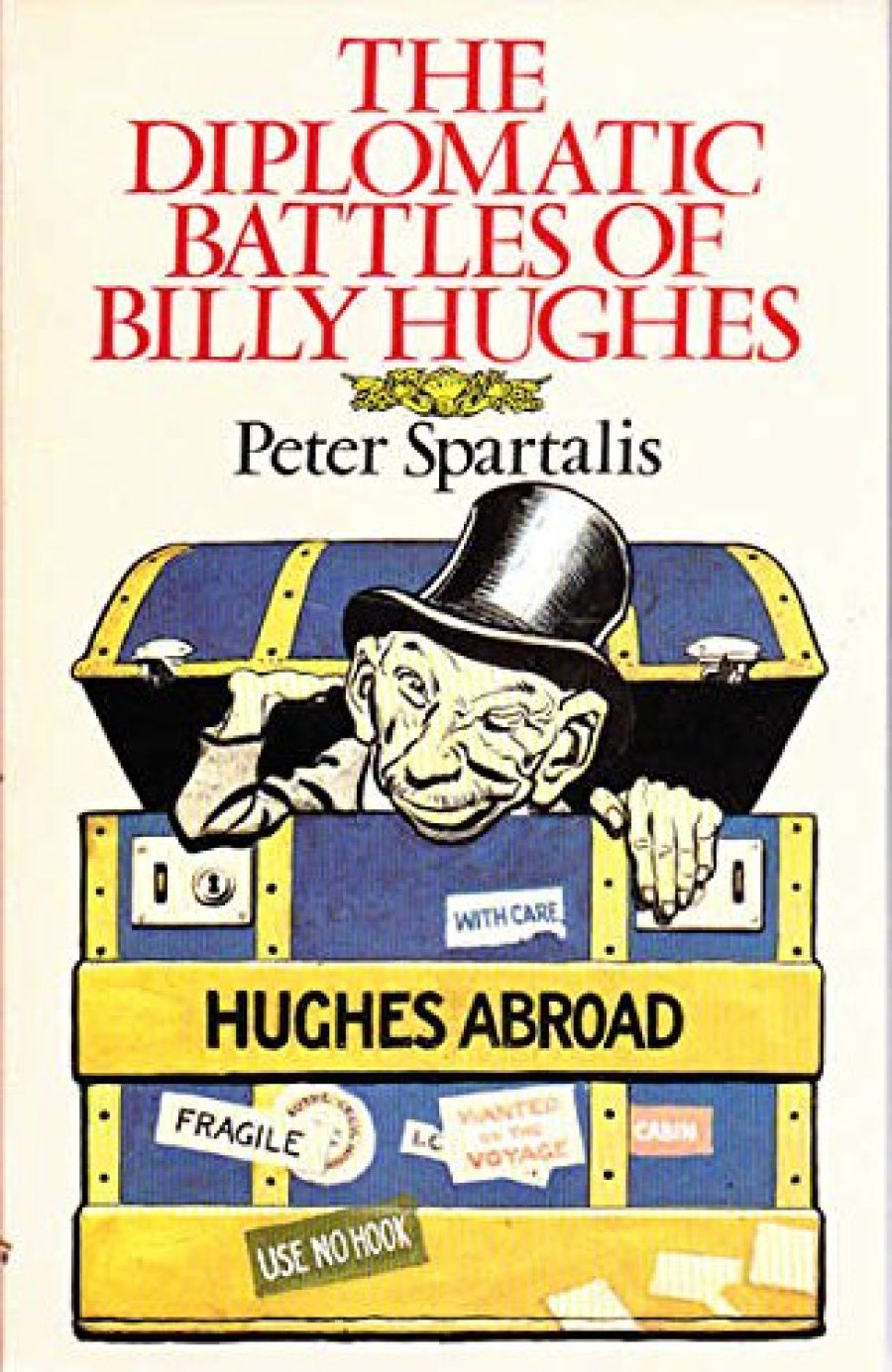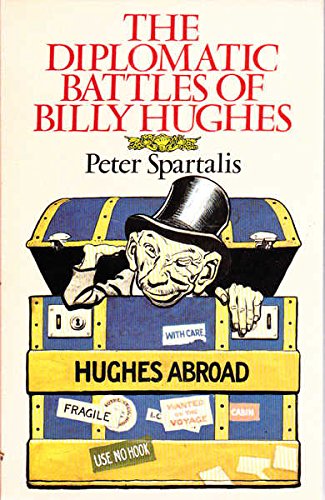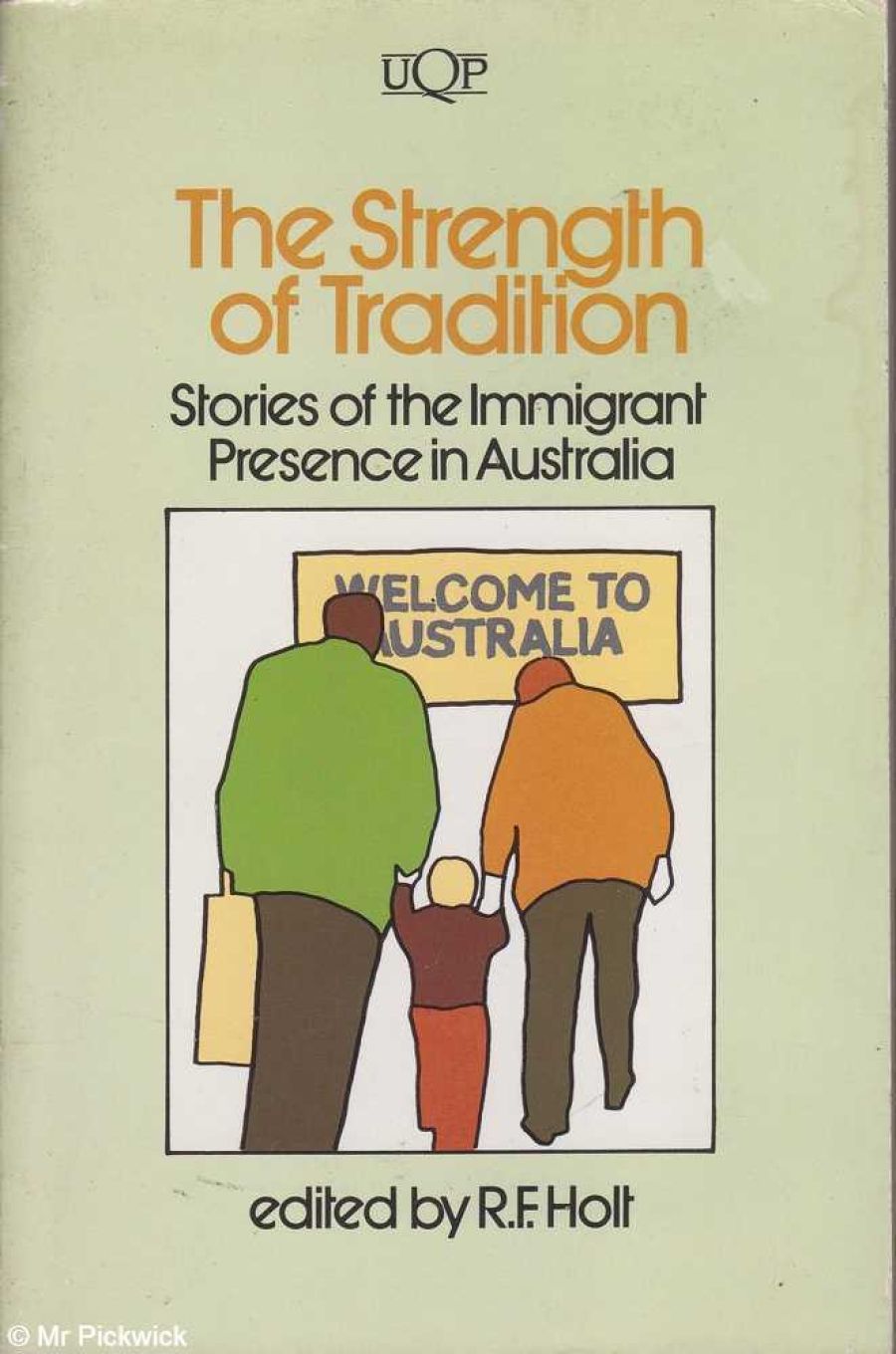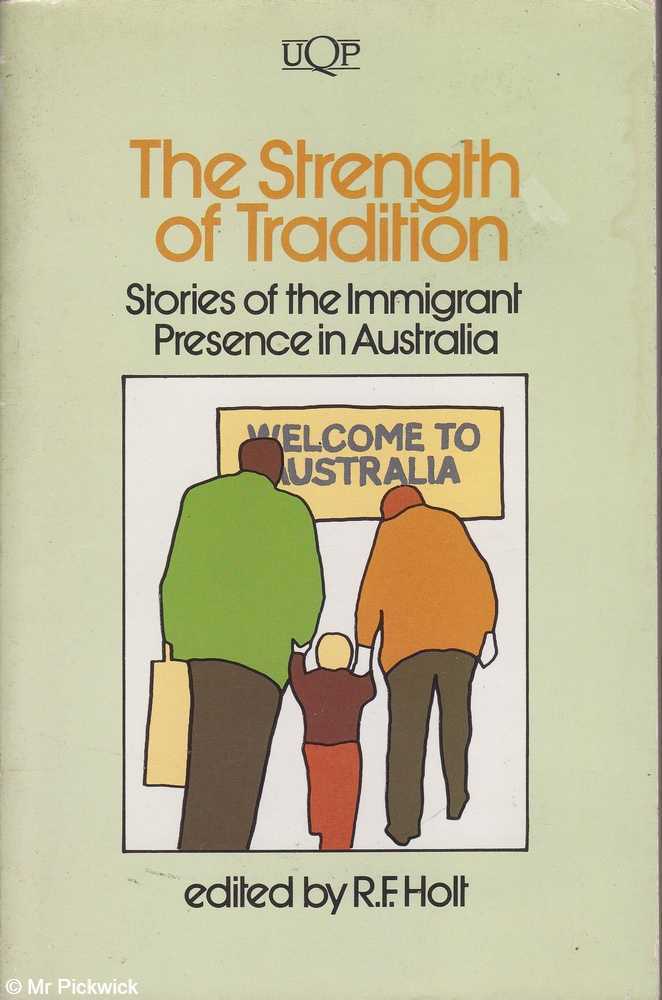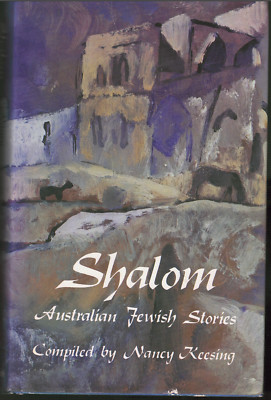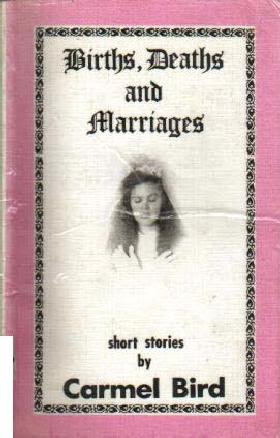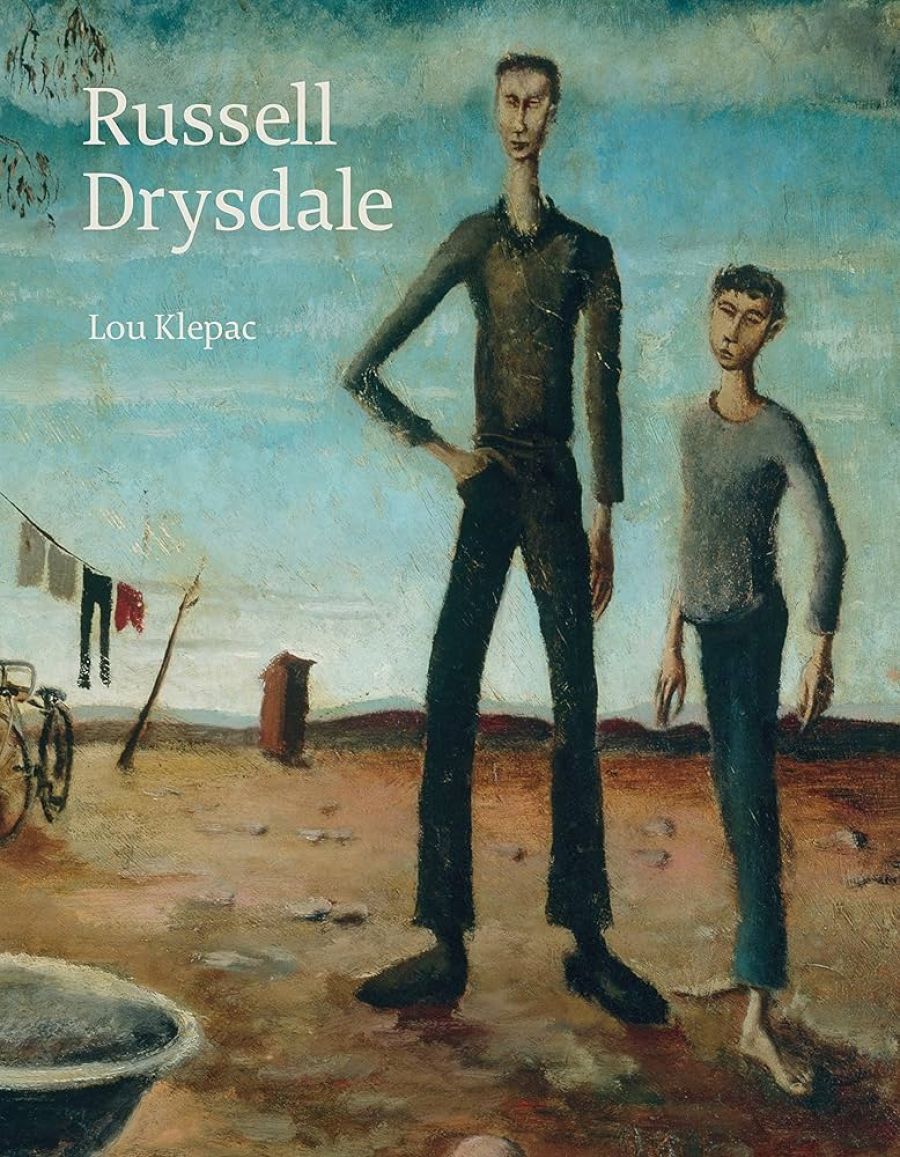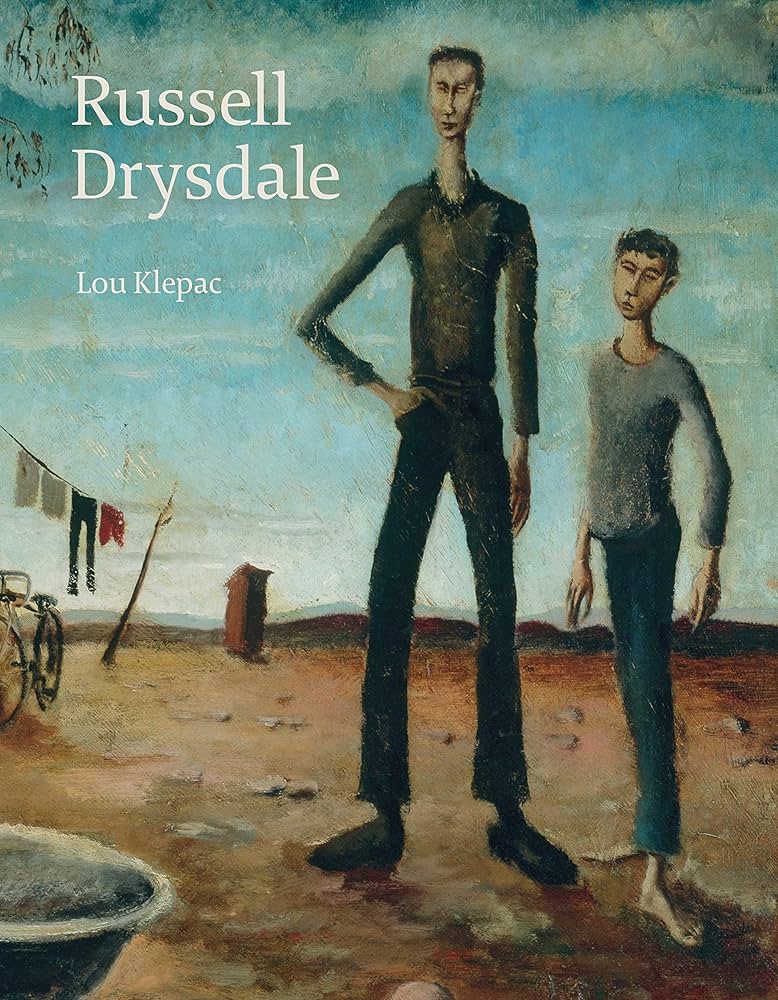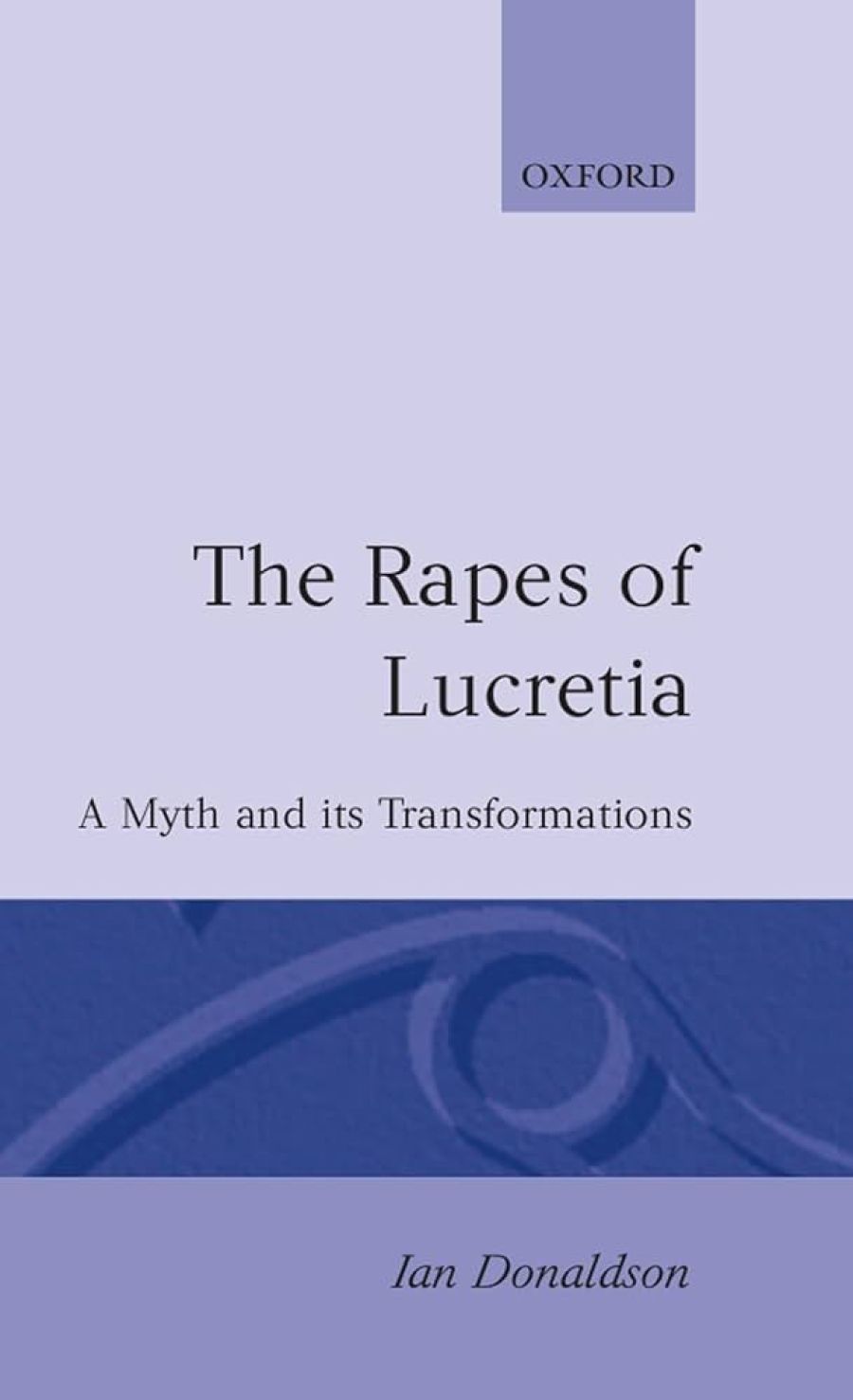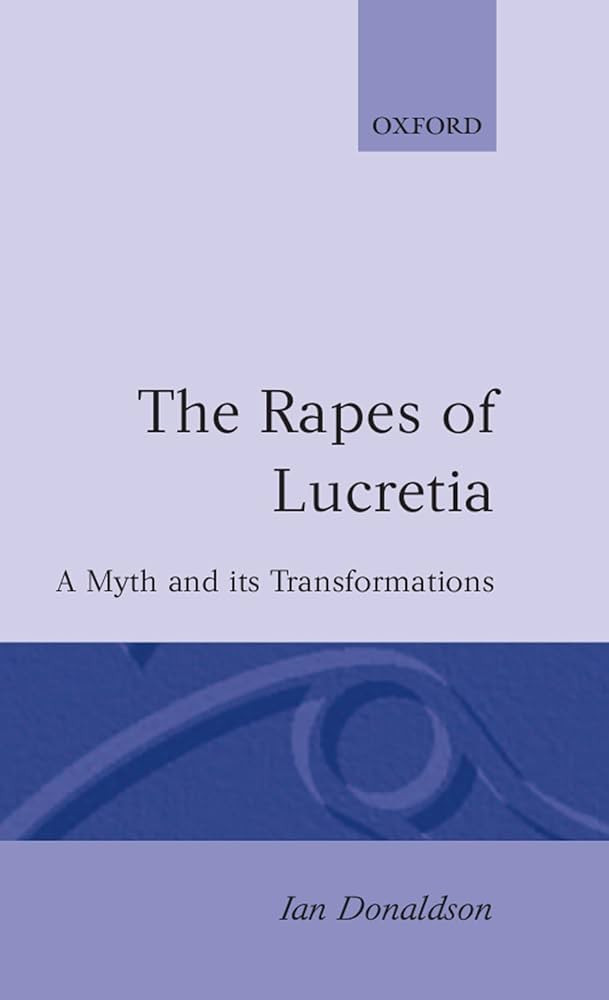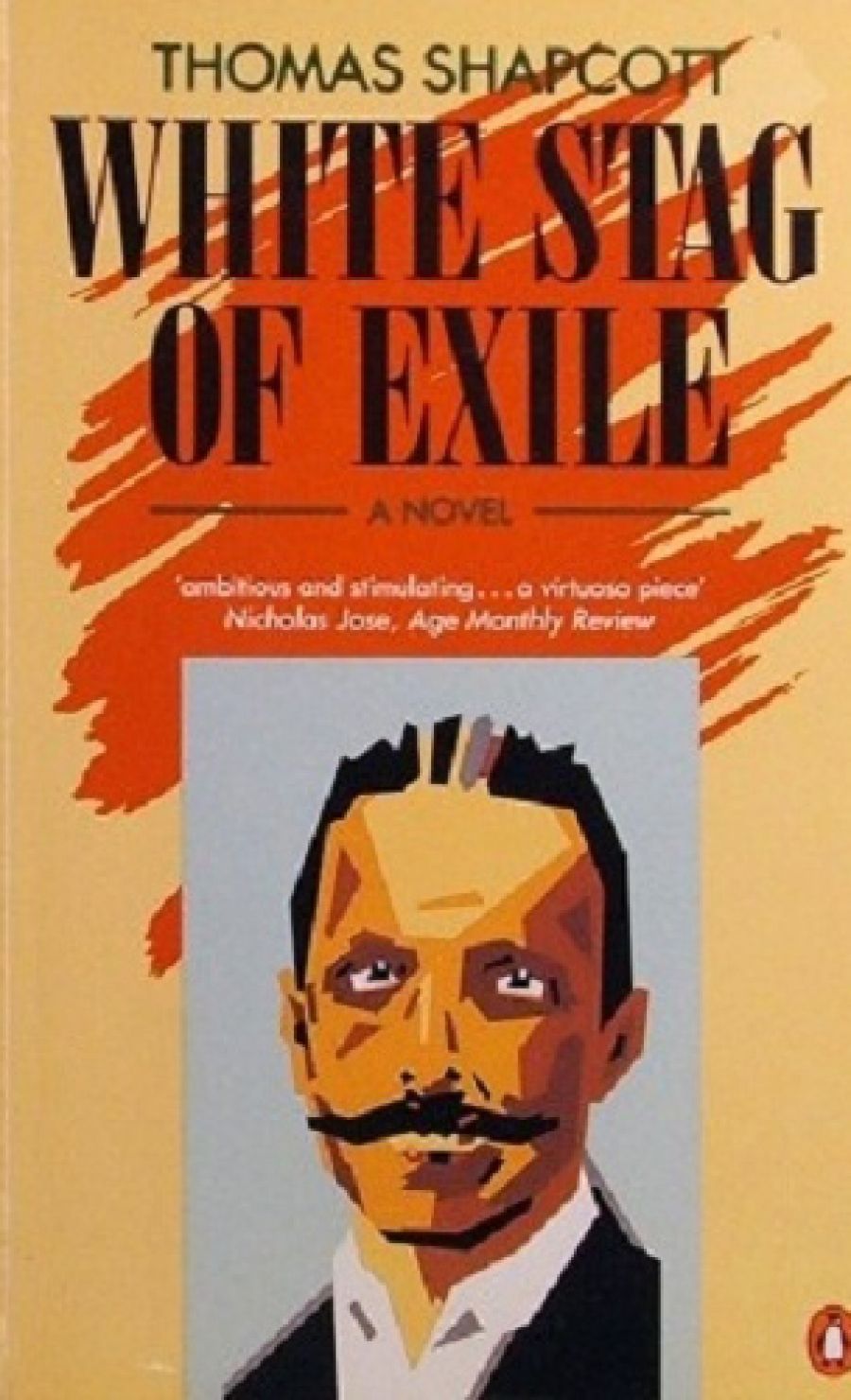
- Free Article: No
- Contents Category: Fiction
- Review Article: Yes
- Online Only: No
- Custom Highlight Text:
Thomas Shapcott uses as a basis for his novel the fascinating life story of Karoly Pulszky, who left Hungary as the disgraced Director of the National Gallery of Art and who committed suicide after two months in Queensland. Pulszky, a forceful and flamboyant man, followed in the footsteps of his distinguished father in building up Hungary’s art collection. He was married to Emilia Markus, ‘The Blonde Wonder of Budapest, the Greatest Actress in Hungary’. Financial mismanagement enabled his family’s political enemies to bring him down and he left Hungary in shame. Years after his death, one of his two daughters, Romola, married Nijinsky, and she wrote extensively about her own colourful life. Shapcott draws on her writings with considerable skill.
- Book 1 Title: White Stag of Exile
- Book 1 Biblio: Allen Lane, $12.95, 172 pp
Thomas Shapcott uses as a basis for his novel the fascinating life story of Karoly Pulszky, who left Hungary as the disgraced Director of the National Gallery of Art and who committed suicide after two months in Queensland. Pulszky, a forceful and flamboyant man, followed in the footsteps of his distinguished father in building up Hungary’s art collection. He was married to Emilia Markus, ‘The Blonde Wonder of Budapest, the Greatest Actress in Hungary’. Financial mismanagement enabled his family’s political enemies to bring him down and he left Hungary in shame. Years after his death, one of his two daughters, Romola, married Nijinsky, and she wrote extensively about her own colourful life. Shapcott draws on her writings with considerable skill.
Read more: John Hanrahan reviews 'White Stag of Exile' by Thomas Shapcott
Write comment (0 Comments)

